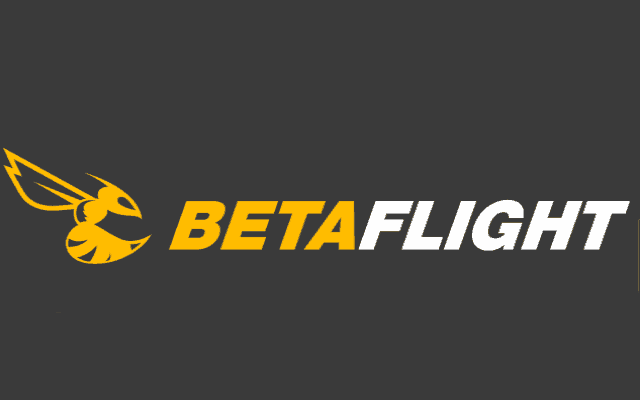Flight controllers have come a long, long way since the short two years that I have been in the hobby. Back when I started, people were still using Baseflight, and Cleanflight was just developed as a clean-code version of Baseflight.
The early days of Cleanflight required long tuning sessions, painstakingly connecting your quad to your computer/phone after every takeoff to adjust PIDs one by one.
As far as racing was concerned, Cleanflight used to be the go-to firmware, and you can still use it on a racing quadcopter, but Betaflight is now so much better and has so many features directly targeted to racing quadcopters that there’s no reason(other than science) to not use it.
How Betaflight came about
Betaflight was originally developed by the legendary Boris B. as an experimental fork of Cleanflight to test out new features.
In the early days, it was in fact “Beta” and was targeted to more advanced users rather than beginners, but even those iterations of Betaflight had so greatly improved the flight stability that many people started using it on their quadcopters.
I tried it too – and while I was frowned upon back then(for being a comparative noob playing with experimental firmware), the flight improvement was phenomenal!

Pretty soon, Betaflight got it’s own configurator(it used to run through the Cleanflight configurator), and it became a fully featured, stable firmware on its own. According to the Betaflight Wiki, the “Beta” in the name just stuck because of branding, rather than it still being a unstable, beta software.
How Betaflight differs from Cleanflight
This is by no means a comprehensive list of the differences in Betaflight and Cleanflight, but it’s just a quick rundown of what an everyday pilot would feel between using the two firmwares:
1) Flight stability
There’s no denying it: Betaflight is incredibly stable and requires very little tuning to get it flying nicely. The PID algorithm in Betaflight is just that good, and with the new Dynamic Notch Filter in Betaflight 3.2, it flies like a dream and there’s little to no tuning required. I just had to adjust my I gains and slightly adjust the D gains and I was good to go.
2) Robust OSD
Betaflight also pioneered a robust OSD that has an in-depth configuration menu that lets you change PIDs, adjust rates, adjust filters, and change so many other settings on the go – there’s almost no need to have a laptop with you for tuning anymore.
The OSD can also be configured to show a host of data on screen while you’re flying: voltage, timer, PIDs, artificial horizon, current draw, current consumption, GPS position, and a lot more.
3) Dedicated hardware
Betaflight has spawned dedicated hardware which is designed and optimized to run Betaflight and make the most of its features. These boards include the Betaflight F3 board and the Omnibus F4 board – plus there are a whole slew of others that are all supported by Betaflight and work seamlessly with it.
4) Broad compatibility
Betaflight is compatible with a LOT of hardware and peripherals. Most boards support PWM, PPM, and SBUS for radio protocols, and ESC protocols like OneShot, MultiShot, DSHOT, soon ProShot, and even KISS ESCs are supported.
Why you would want to use Cleanflight

So far, it seems this post has just been a giant testimonial for Betaflight. However, there are certain cases where you may want to use Cleanflight instead.
Leave a Reply
You must be logged in to post a comment.